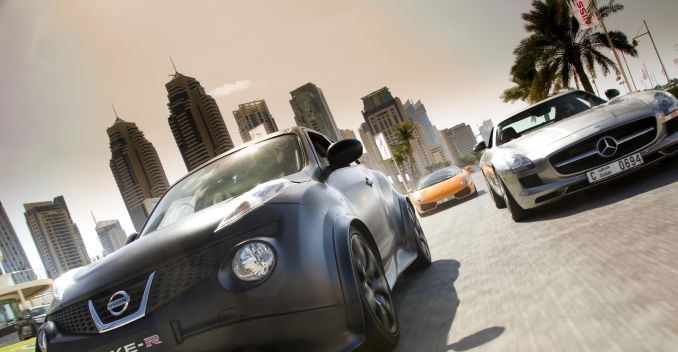
By observing the driver’s body language and considering that in the context of what’s happening outside the car, a new computer algorithm determines the probability that the driver will turn, change lanes or continue straight ahead.
“Internal monitoring of the driver will be the next leap forward,” said Mr Saxena who will describe the system with graduate student Ashesh Jain at the 2015 Robotic Science and Systems conference in Rome.
“Combining driver anticipation with radar or cameras to locate other vehicles, the car’s safety system could warn the driver when the anticipated action could be dangerous. The warning might be a light, a sound or even a vibration,” Jain said.
“If there’s danger on the left, the left side of the steering wheel or the seat could vibrate,” Jain said.
Drawing on street maps and GPS information, the system also might give an ‘illegal turn’ message if the driver was planning to turn the wrong way on a one-way street.
Cornell University researchers said some cars are already equipped with safety systems that monitor a car’s movement and warn if there is an unsafe turn or lane change. But that warning comes too late, after the driver has acted.
To develop the system, Mr Saxena and colleagues recorded video of 10 drivers, along with video of the road ahead, for 1,899 km of freeway and city driving over a period of two months.
A computer using face detection and tracking software identified head movements and learned to associate them with turns and lane changes, so that the final system can anticipate possible actions the driver may take.
The computer continuously reports its anticipations to the car’s central safety system.
In a test against another data set of videos with different drivers, the system correctly predicted the driver’s actions 77.4 per cent of the time, anticipating an average 3.53 seconds in advance. Those few extra seconds might save lives, Mr Saxena said.
The system still needs refinement, the researchers noted.
Six per cent of the time, they found, face tracking was confused by shadows of passing trees and other lighting variations.
he system also can be misled by drivers interacting with passengers. In some situations, such as turning from a turn-only lane, drivers don’t always give the same head cues. Sometimes they rely on short-term memory of traffic conditions and don’t turn their heads to check. It may come down to tracking eye movements, the researchers said.





Be the first to comment